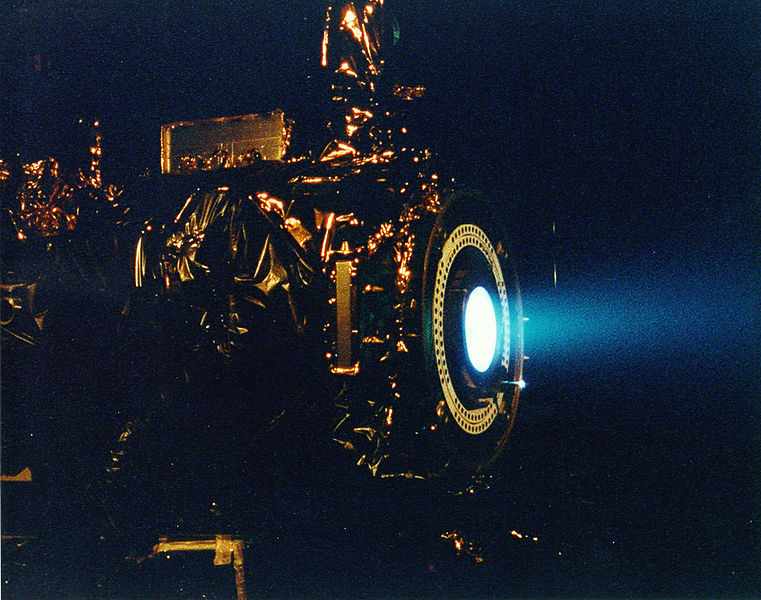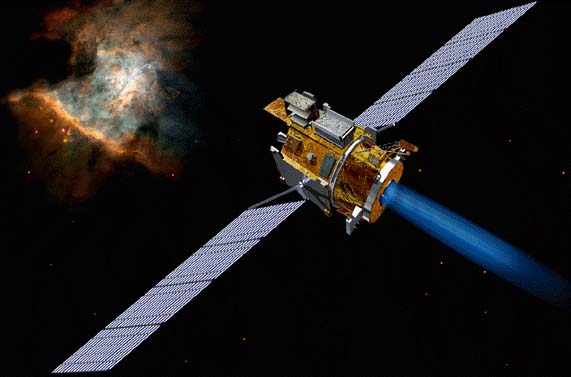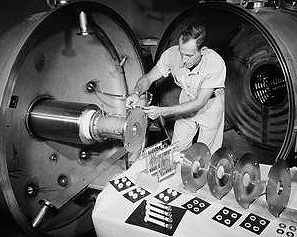The origins of ion engine technology date back to 1930, when German rocket scientist Dr. Wernher von Braun was introduced to the possibility of electric propulsion by his mentor, Dr. Hermann Oberth. Unfortunately, von Braun initially dismissed its potential and preferred to specialize in chemical propulsion systems.
After World War II, von Braun and hundreds of other German rocket experts surrendered to the Americans. After which they were sent to Fort Bliss, in Texas, to develop rocket technology for the U.S. Army Research. Although von Braun worked in the military field, his great dream was to be able to develop a rocket that could reach other planets.
With that ideal in mind, von Braun met Ernst Stuhlinger, a member of the original German team that developed the world’s first rockets. He recovered the ideas of his mentor, Professor Oberth, and they both agreed that perhaps electric propulsion was a viable solution to reach Mars. In this way, Stuhlinger focused on the theory of electric propulsion. His studies culminated in the presentation of a work entitled ‘Possibilities of Electric Propulsion of Spacecraft’, in which he demonstrated that this system was much more efficient than a chemical propulsion system. Its impact was enormous among the scientific community and would eventually lead to the idea of developing ion engines…
WHAT IS THE ION DRIVE?
An ion thruster is an electric propulsion system, intended for space vehicles, that creates thrust by accelerating ions. In practice, this term is used to refer to all electric propulsion systems that accelerate plasma, since it consists of ions. Depending on how the ions accelerate, these drivers can be categorized differently. On the one hand, those that use the electrostatic force, through the Coulomb force. Or those that use the electromagnetic force thanks to the Lorentz force.

Compared to chemical rockets, ion thrusters have less direct thrust, but are capable of higher speeds due to their higher performance and efficiency. This is especially notable for long journeys where they far outperform chemical systems with much lower energy consumption.
NOW
NASA has been the great promoter, never better said, of this propulsion system. The Deep Space 1 probe, launched in 1998, was the first to have an ion engine to reach another planetary body. It has been joined by the European Space Agency (ESA) and the Japanese Space Agency, which have used it in different satellites and spacecraft.

After the great strategic alliance of NASA and ESA to develop a new generation of space shuttles at the European Aerospace Center in Seville, many experts believe that ion thrusters will have a very important role in this new generation. Especially after recent advances in systems powered by nuclear energy and theoretical studies for the use of hydrogen fusion technology. Although according to experts there are still many years to see a real practical application. Be that as it may, it is clear that ion engines will be the cornerstone of the space race of the 21st century.

